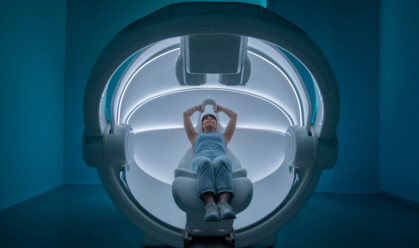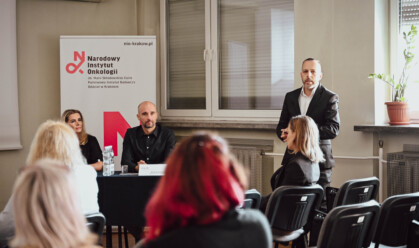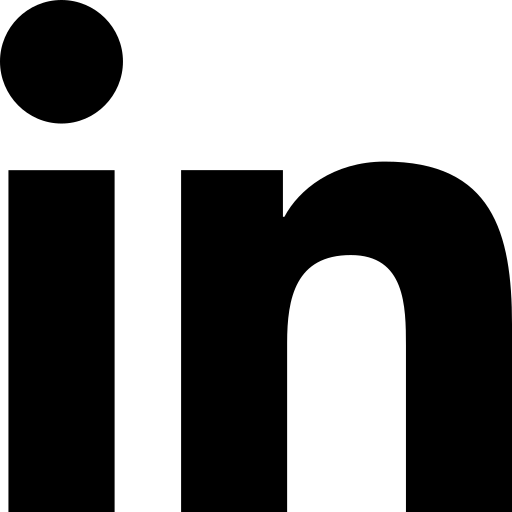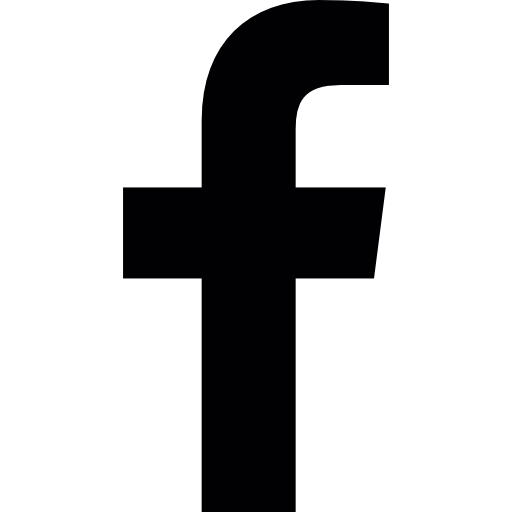AILIS – the answer to global breast cancer problems

Why we say that AILIS is the solution to the challanges of healthcare system?
The system changes the way of thinking about breast cancer, goes beyond modern medicine, and is a response to emerging global problems.
Discover the 10 most important problems that it can solve:
- Pain, compression, radiation during medical breast examination
The system performs very comfortable, non-contact and non-invasive examination (without harmful radiation). It is able to overcome barriers such as fear of pain and harmfulness.
- Difficult access to treatment and long waiting times for an appointment are among the most severe healthcare challenges worldwide (on average, 40% of indications in Deloitte’s survey)[1]. Long diagnostic procedure in some countries (e.g., in Asia) taking even several months.
AILIS is the world’s first integrated breast health monitoring system. It is combined of the modern technology, Artificial Intelligence, Parametric Dynamic Imaging and Deep Neural Networks. The examination in this system takes just 4 minutes. The result is available in the application after 10 minutes.
- In some countries religious or socio-cultural beliefs influence low rate of breast cancer screenings[2].
The system is almost maintence-free and will help women overcome barriers such as apprehension of being touched by medical professionals. The examination it carried out without presence of medical personnel.
- The passive approach worsens statistics of early breast cancer detection and treatment options[3]
Ailis is the hope of the future. It will revolutionize breast cancer diagnostics, complementing the existing breast examination methods. It is an innovative system for breast health control, which will encourage woman to undergo regular examinations. Furthermore, it will allow them to observe and compare the results over time and will alert them in case of detecting anomalies and the need to undergo diagnostics tests.
- The need of finding effective treatment and monitoring method for women with dense breast
The system is (especially) designed for women with dense breasts. It has breast density algorithm that correlates with women’s breast density and allows us to personalize the diagnosis for each of them. It creates a personalized risk model by examining breast density and gathering additional patient data. During subsequent visits, the AILIS system compares the results from previous and current examinations, draws conclusions, and provides appropriate recommendations, such as to visit a doctor for enhanced diagnostics.
- 71% of breast cancer in women under 50 is detected by women themselves – in women over 50, that percentage is almost half[4].
The AILIS system will be complemented by an application supporting monthly breast self-examination, guiding step-by-step on how to perform it correctly. If a woman observes any disturbing changes, she can mark it in the application. Then, Artificial Intelligence will analyze the entered data and compare them with the data from the previous results. If the system detects any anomalies, the woman will be invited for the AILIS examination.
If the risk of breast cancer is estimated as increased or high, the system will recommend visiting a doctor for enhanced diagnostics. This way AILIS system wil minimize the risk of developing breast cancer between examinations. It gives women of all ages, cultures, and communities a chance to check their breast health as often as they need.
- In the second half of 2021, 44% of countries worldwide recorded an increase in the backlog of cancer screening services[5]. Mammograms screenings dropped about 80% at peak times of the pandemic[6]. The pandemic has delayed cancer diagnosis and treatment for two years[7].
The coronavirus pandemic has shown how the temporary interruption of services drastically affects the prevention and treatment of cancer. AILIS is able to support the diagnostic system in early detection and monitoring of the desease.
- The health service is facing a significant shortage of workers around the world. Currently, an additional 43 million health workers are needed to meet the goals of universal health care worldwide[8]. Unfortunately, the crisis of medical staff will only deepen.
It shows that digital transformation and technology development in the current situation is an urgent necessity[9]. Thanks to the high level of automation of the procedures, standardization, and the creation of appropriate examination environments, AILIS can be placed outside the healthcare system with simultaneous minimization of the number of medical professionals needed to operate it. Thus, the created system will allow for a radical cost reduction. For instance, in the US, mammography prices differ, but still, the lowest is several times higher than the AILIS examination.
- The future of healthcare will be heavily focused on personalizing consumers’ experiences and telemedicine[10]. That is vital, especially for the Millennial generation, which in 2025 will account for 75% of the workforce[11] and who particularly expect remote medical care.
44 % of Gen Z and Millennials would consider switching providers if their current one stopped offering virtual visits[12]. The AILIS system fits in with modern trends in the development of medicine, such as: growing demand for remote access, interest in lifestyle medicine and femtech, which is focused on solving women’s problems.
- The need to improve the diagnostic methods, to create an infallible diagnostic systems
Minimizing human handling of the device, maximizing automation and calculations by using Neural Networks and Artificial Intelligence, the AILIS team have achieved the goal of creating an infallible system that performs repeatable analyses. As a result of that, the algorithm, unlike a human being, does not make mistakes, is never tired, and is constantly improving.
The AILIS system will be implemented in 2024.
[1] Deloitte Center for Health Solutions Digital transformation: Shaping the future of European healthcare, 2020
[2] Health Beliefs and Rates of Breast Cancer Screening among Arab Women, 2006
[3] Mobee Dick research report; Desk research and individual in-depth interviews with women (aged 25-47) from the USA, Singapore, Berlin, and New York, 2021
[4] Assessment and Screening in Average-Risk Women Breast Cancer Risk Assessment and Screening in Average-Risk Women, July 2017
[5] WHO, ancer services disrupted by up to 50% in all countries reporting: a deadly impact of COVID-19, 2022
[6] Impact of the COVID-19 Pandemic on Breast Cancer Mortality in the US: Estimates From Collaborative Simulation Modeling
[7] COVID and cancer: how the pandemic created another health time bomb, 2022
[8] Measuring the availability of human resources for health and its relationship to universal health coverage for 204 countries and territories from 1990 to 2019: a systematic analysis for the Global Burden of Disease Study 2019
[9] Digital transformation: Shaping the future of European healthcare
[10] NRC Health: Healthcare Consumer Trends Report 2022
[11] The Deloitte Millennial Survey Big demands and high expectations, 2014









